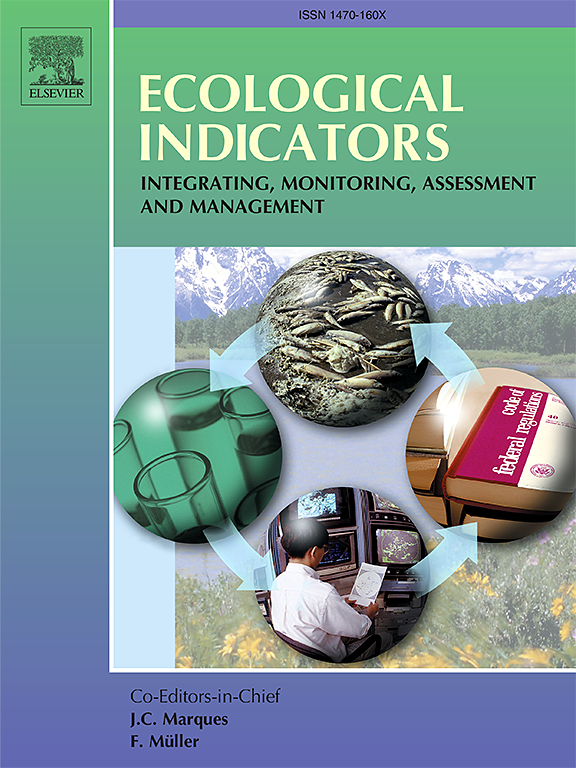Analysis of sustainable spatial structure of cities under the framework of “Economy-Society- Environment”: A case study Beijing-Tianjin-Hebei urban agglomeration
IF 7
2区 环境科学与生态学
Q1 ENVIRONMENTAL SCIENCES
引用次数: 0
Abstract
The sustainable development of cities is a critical concern and pivotal for the well-being of future generations. Achieving this necessitates a thorough analysis of the spatial dynamics within urban agglomerations, coupled with a comprehensive examination of the factors influencing urban sustainability. Despite existing research efforts, there remains a notable gap in addressing the impact of inter-city interactions on urban sustainability. To address this gap, this study analyzes 17 sustainable development goals for each city within the Beijing-Tianjin-Hebei Urban Agglomeration (JJJUA), utilizing the Economic-Social-Environment (ESE) framework. Furthermore, employing the Random Forest algorithm, this study quantifies the influence of the ESE framework on urban sustainable development. The findings reveal that the core functional area of JJJUA exhibits superior ESE synergies. In contrast, the northwestern region, designated as the Ecological Cultivation Area, demonstrates stronger environmental sustainability albeit with less economic and social cohesion. Conversely, the eastern (Coastal Development Area) and southern (Industrial Expansion Area) parts exhibit higher levels of social and economic sustainability. Improving transportation accessibility and infrastructure development is conducive to promoting economic sustainability; while fortifying the social welfare system advances social sustainability. Additionally, bolstering environmental protection measures serves to promote environmental sustainability.
求助全文
约1分钟内获得全文
求助全文
来源期刊

Ecological Indicators
环境科学-环境科学
CiteScore
11.80
自引率
8.70%
发文量
1163
审稿时长
78 days
期刊介绍:
The ultimate aim of Ecological Indicators is to integrate the monitoring and assessment of ecological and environmental indicators with management practices. The journal provides a forum for the discussion of the applied scientific development and review of traditional indicator approaches as well as for theoretical, modelling and quantitative applications such as index development. Research into the following areas will be published.
• All aspects of ecological and environmental indicators and indices.
• New indicators, and new approaches and methods for indicator development, testing and use.
• Development and modelling of indices, e.g. application of indicator suites across multiple scales and resources.
• Analysis and research of resource, system- and scale-specific indicators.
• Methods for integration of social and other valuation metrics for the production of scientifically rigorous and politically-relevant assessments using indicator-based monitoring and assessment programs.
• How research indicators can be transformed into direct application for management purposes.
• Broader assessment objectives and methods, e.g. biodiversity, biological integrity, and sustainability, through the use of indicators.
• Resource-specific indicators such as landscape, agroecosystems, forests, wetlands, etc.
 求助内容:
求助内容: 应助结果提醒方式:
应助结果提醒方式:


